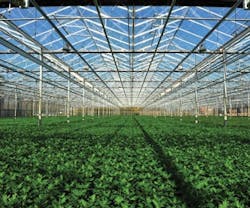How the Geothermal Spectrum Works
In response to consumer confusion about geoexchange energy, the Geothermal Exchange Organization (GEO) seeks to draw distinctions between ground-source heat pumps and other geothermal resources, such as hot springs and steam used to generate power.
Heat pumps, which are used to heat and cool buildings, tap only the upper portion of the Earth’s surface to use the near-constant temperatures underground, which can range from 40 to 70 degrees F.
Other technologies tap underground hot water and steam to directly provide energy or generate electricity.
Geothermal Heat Pumps
Temperature: 40-70 F
Source: Water is pumped through a closed loop of plastic pipe that’s buried a few feet below the surface, where temperatures are relatively constant.
Use: Reliable heating and cooling. The pumps can deliver three to four times more energy to the building than the geothermal system consumes from the power grid. Sometimes used to heat water for domestic use.
Geothermal Direct Use
Temperature: 90-200 F
Source: Geothermal springs and aquifers naturally yield warm water. It’s then pumped directly from the well to its end purpose.
Use: The naturally warmed water benefits a wide variety of industries, including fish farming, greenhouses, spas, hot spring resorts, and municipal district heating.
Geothermal Power
Temperature: 200-700 F
Source: Volcanic and other geologic forces that create deep, hot fluid systems. Steam and high-pressure super-heated water are both useful.
Use: Electricity generation in complex geothermal power plants. Residual steam is condensed in the cooling towers and returned (with other fluid) to the geothermal reservoir to maintain pressure and prolong its life.
